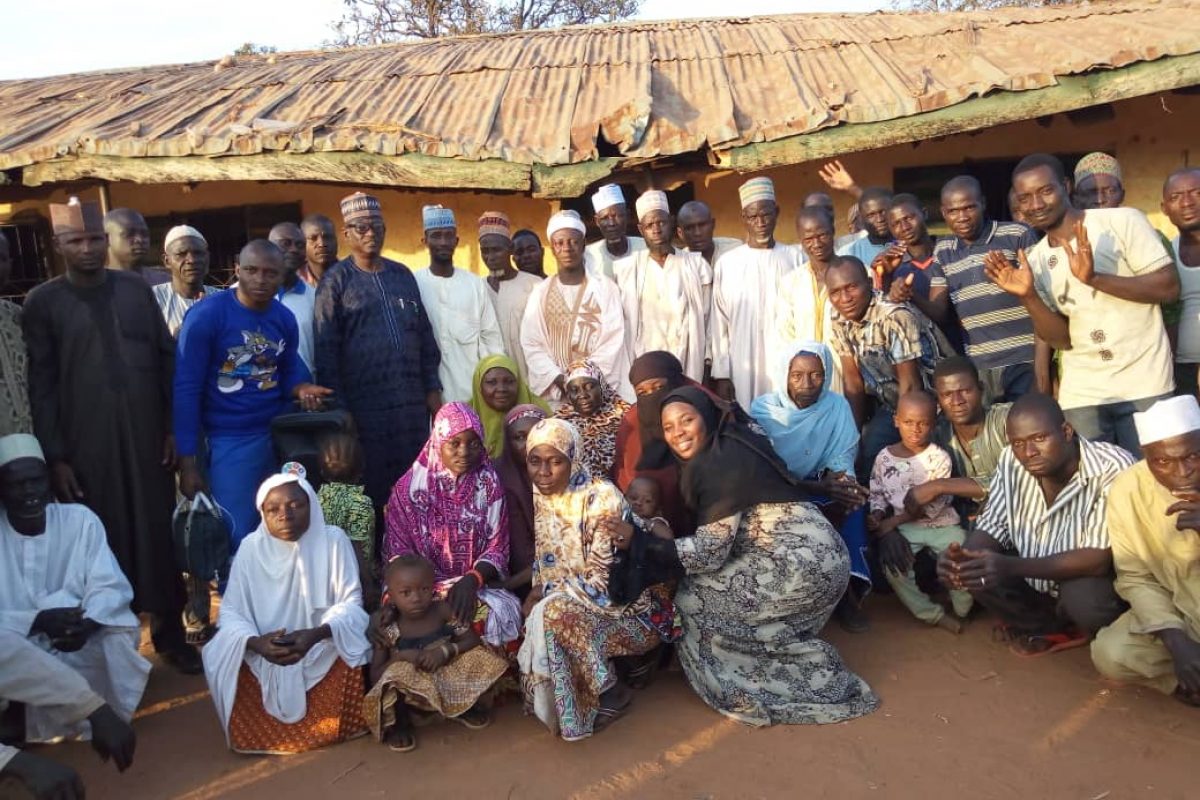Niger State
States Jan 04, 2025

Table of Contents
Exploring the History and Heritage of Niger State, Nigeria
Niger State, located in the north-central region of Nigeria, is a land steeped in history, culture, and natural beauty. Known as the “Power State” due to its housing of three hydroelectric dams, including the famous Kainji Dam, Niger State plays a significant role in Nigeria’s energy generation. However, beyond its modern contributions, the state boasts an impressive historical and cultural legacy that makes it a fascinating destination for history enthusiasts and travelers alike.
Historical Background of Niger State
Formed in 1976 when Nigeria underwent state restructuring, Niger State was carved out of the former North-Western State. Its name originates from the River Niger, which flows through its territory, serving as a vital water resource and an essential component of the state’s identity.
The region that comprises modern-day Niger State has been home to ancient civilizations and empires, such as the Nupe and Gwari (Gbagyi) kingdoms. These groups played a pivotal role in shaping the political and cultural history of the area. The archaeological evidence of early settlements highlights the strategic importance of the region as a center for trade and governance in pre-colonial Nigeria.
Ethnic Diversity and Culture
Niger State is one of the most ethnically diverse states in Nigeria, with over 20 ethnic groups, including the Nupe, Gbagyi, Hausa, Fulani, and Kambari. This diversity is reflected in the state’s rich cultural heritage, traditional festivals, and arts.
The Nupe people, known for their intricate brasswork and glass-bead making, have made significant contributions to the state’s cultural identity. The Gbagyi people are celebrated for their pottery and hospitable nature, while other groups bring their unique traditions and crafts to the vibrant cultural tapestry of Niger State.
Landmarks and Tourist Attractions
Niger State is home to several historical landmarks and natural attractions that draw visitors from far and wide. Some of the must-visit sites include:
Kainji National Park
Kainji National Park is one of Nigeria’s largest national parks, offering a sanctuary for wildlife such as elephants, antelopes, and baboons. It also includes Kainji Lake, a beautiful man-made reservoir created by the Kainji Dam.
Gurara Waterfalls
Located near Suleja, Gurara Waterfalls is a breathtaking natural wonder and a popular spot for picnics and photography. The falls are especially spectacular during the rainy season when the water flow reaches its peak.
Zuma Rock
Often referred to as the “Gateway to Abuja,” Zuma Rock is an iconic monolith that lies on the border between Niger State and the Federal Capital Territory. It holds cultural and spiritual significance for the local people.
Traditional Festivals
Festivals in Niger State are vibrant celebrations of culture, history, and community. The Nupe Day Festival and Gbagyi Cultural Festival are two major events that showcase traditional music, dance, costumes, and rituals. These festivals not only preserve the heritage of the people but also foster unity and cultural pride.
The Role of Niger State in Modern Nigeria
Today, Niger State plays a crucial role in Nigeria’s development. Its strategic location as a bridge between the northern and southern regions of the country makes it a vital hub for commerce and transportation. The state’s agricultural sector also contributes significantly to Nigeria’s food production, with crops such as rice, millet, and yams grown extensively.
Additionally, Niger State is pivotal in Nigeria’s energy sector, hosting three major dams: Kainji, Jebba, and Shiroro. These dams collectively generate a significant portion of the nation’s electricity, underscoring the state’s nickname, the “Power State.”
Conclusion
Niger State is a treasure trove of history, culture, and natural beauty. From its ancient civilizations and diverse ethnic groups to its breathtaking landmarks and modern contributions to Nigeria’s economy, the state offers a wealth of experiences and insights. Whether you’re a historian, a traveler, or simply someone curious about Nigeria’s heritage, Niger State is undoubtedly worth exploring.
